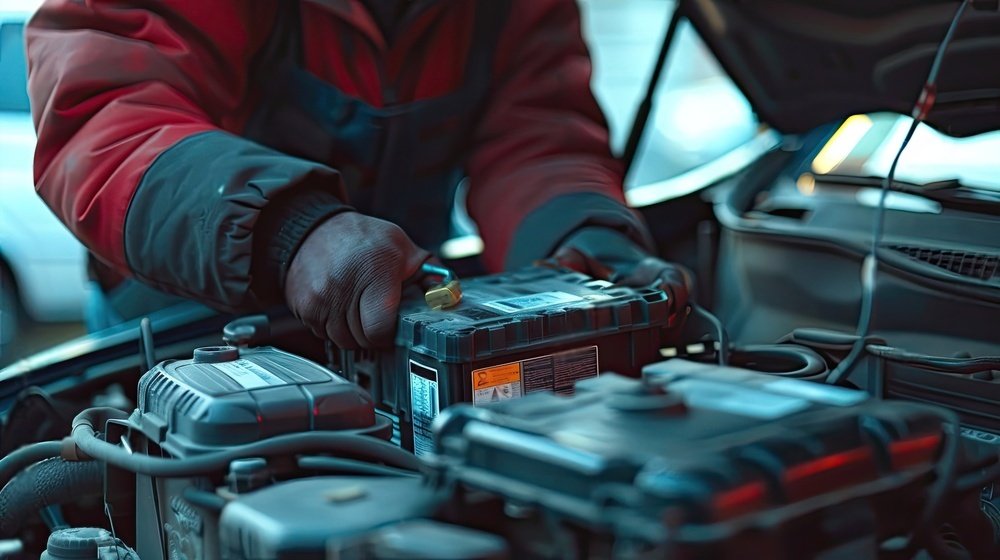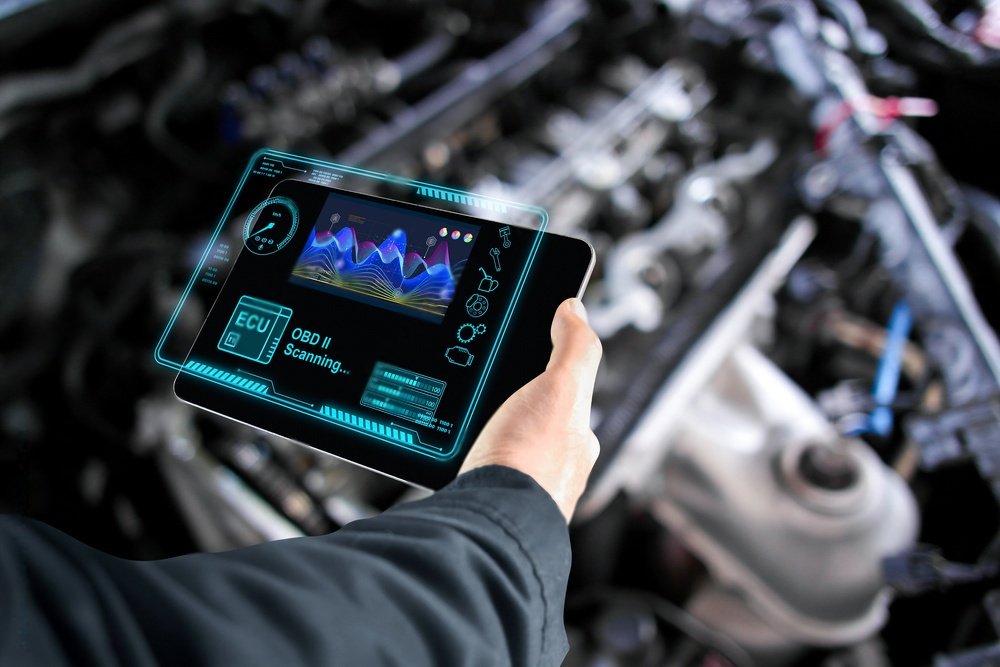Udskiftning og Reparation af Generator
Introduction
The alternator plays a critical role in your vehicle’s electrical system, providing power to charge the battery and operate electrical components while the engine is running. Over time, the alternator may wear out or develop faults, leading to issues such as dimming headlights, a dead battery, or difficulty starting the engine. Alternator replacement and repair are essential maintenance tasks that help ensure your vehicle remains powered and running smoothly.
Why Alternator Replacement and Repair Matters?
The alternator is responsible for maintaining the electrical system’s functionality in your vehicle. A malfunctioning alternator can lead to various electrical issues, affecting vital components such as the battery, starter, and various electrical accessories. Addressing alternator problems promptly through replacement or repair is crucial to prevent potential breakdowns, ensure reliable vehicle operation, and avoid being stranded due to a dead battery.

Ensures Electrical System Functionality
A properly functioning alternator ensures that the vehicle’s electrical system operates efficiently, providing power to charge the battery and operate electrical components.
Prevents Battery Drain
A faulty alternator can lead to a drained battery, causing starting difficulties and potential breakdowns. Replacement or repair of the alternator prevents battery drain and ensures reliable vehicle operation.

Steps Involved in Alternator Replacement and Repair
Replacing or repairing the alternator in your vehicle is a relatively complex procedure that requires mechanical knowledge and expertise. Below are the main steps involved:
1. Diagnose the Issue
Before proceeding with replacement or repair, diagnose the problem to determine whether the alternator is indeed the cause of the electrical issues. This may involve testing the battery, checking electrical connections, and performing a visual inspection of the alternator for signs of damage.
2. Remove the Old Alternator
Disconnect the battery to prevent electrical shock, then remove the drive belt and electrical connections from the old alternator. Depending on the vehicle model, you may need to remove other components, such as the air intake or engine mounts, to access the alternator.

3. Install New Alternator
Carefully position the new alternator in place and secure it with mounting bolts. Reconnect the electrical connections and drive belt, ensuring proper alignment and tension. Follow manufacturer specifications and torque settings during installation.
4. Test Alternator Functionality
After installing the new alternator, test its functionality using a voltmeter or multimeter. Check the voltage output to ensure it falls within the manufacturer’s recommended range, indicating proper charging of the battery.
Benefits of Alternator Replacement and Repair
Replacing or repairing the alternator offers several benefits, including:
Reliable Vehicle Operation
A properly functioning alternator ensures reliable vehicle operation by providing power to charge the battery and operate electrical components.
Prevention of Breakdowns
Addressing alternator issues promptly prevents potential breakdowns and starting difficulties caused by a drained battery.
Extended Battery Life
A well-maintained alternator helps prolong the lifespan of the battery by ensuring it remains charged and ready to start the engine.
Improved Electrical System Performance
A new or repaired alternator enhances the performance of the vehicle’s electrical system, ensuring proper operation of headlights, audio systems, and other electrical accessories.
Conclusion
Alternator replacement and repair are essential maintenance tasks that help ensure your vehicle remains powered and running smoothly. By addressing alternator issues promptly and with the help of a qualified mechanic or automotive technician, you can prevent potential breakdowns, ensure reliable vehicle operation, and avoid being stranded due to a dead battery. If you suspect alternator problems in your vehicle, consult a professional for diagnosis and appropriate repair or replacement.



